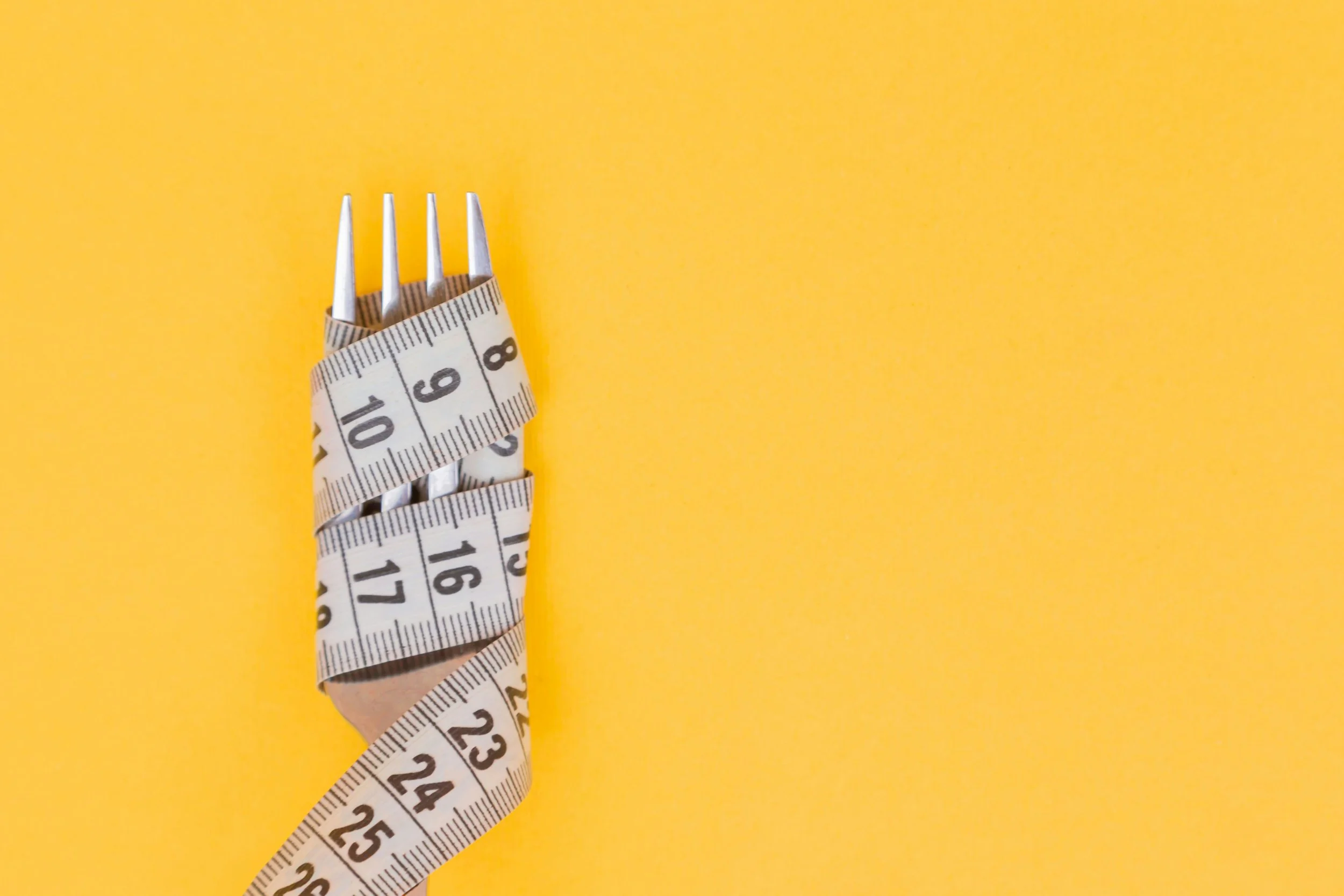5 minute read
A constant topic of conversation in the sports world, whether that’s at a recreational level, competing as a weekend warrior or the high performance level.
Does it help? If so, how? Are there other factors at play? Is it more nuanced than just simply having less body mass? Are there any risks to pursuing weight loss in hopes of a better performance?
Where weight loss MAY help performance:
Certain weight-category sports (e.g., boxing, judo, martial arts etc.): being in a lower weight class can provide a competitive edge, BUT
Rapid cuts are risky and risks of inadequate fuelling often outweigh any potential performance benefit.
Gravity-dependent sports (e.g., distance running, cycling, triathlon, gymnastics, swimming): a lower body mass can reduce energy cost of movement, BUT
Seeking a lower body mass using restrictive or underfuelling behaviours can negatively impact on endurance, strength, power, recovery and more - by the effects of low energy availability, discussed below.
Biomechanics: in some cases, carrying less body mass may reduce joint load, BUT
Training load, technique, footwear, muscle strength, movement and landing mechanics, recovery, and tissue capacity are also major drivers of this.
Fredericson & Misra, 2007: body mass could be a risk factor for stress injuries in runners, but was less predictive than weekly mileage and nutrition.
Weight loss for the purpose of joint health should be carefully considered, balancing up perceived pros against the risks of under-fuelling and reduced tissue resilience.
In the general population, intentional weight loss can improve metabolic markers (blood pressure, insulin sensitivity, cholesterol) when someone is in a higher Body Mass Index (BMI) category, BUT
Most studies, up to 95% in fact, show weight regain is expected within 2–5 years, and it’s the behaviours (exercise, diet quality, sleep etc.) rather than the weight loss itself that drive lasting health benefits.
Training load, technique, footwear, muscle strength, movement and landing mechanics, recovery, and tissue capacity are also major drivers of joint biomechanics, not just body mass.
Where the risks outweigh the benefit:
Energy availability: if weight loss comes from under-fuelling, it reduces strength, endurance, power, recovery, and immunity. For younger people still growing and developing, negative energy balance can result in growth delays, stunted height, bone injury, and impacts on puberty, development and peak bone mass to mention a few.
Most often we see this when people are either intentionally reducing carbohydrates, or just simply unaware of how many are required to meet training demands, even for everyday exercising folk and weekend warriors.
Risk of REDs (Relative Energy Deficiency in Sport): hormonal disruption, bone loss, fatigue, poor concentration, higher injury risk, plus more.
Mountjoy et al., IOC Consensus on RED-S, 2018 – Warns that intentional weight loss in athletes, even when starting in higher-weight bodies, can increase risk of REDs if energy availability isn’t managed.
Performance sustainability: initial gains from being lighter often plateau or reverse because power, strength, and recovery are compromised.
Fagerberg, 2018 review – Showed that weight loss in strength based athletes can reduce fat mass but often also reduces lean mass unless protein intake and resistance training are high.
So weight loss can cancel out performance gains!
Mental strain → higher risk of disordered eating, pre-occupation with food and numbers, impacts on life quality outside of training.
Weight loss on its own doesn’t drive performance; what drives performance are improvements in training, fuelling, recovery, and skill.
Weight, HEALTH and Performance - important distinctionS:
Health and performance improvements are driven by behaviours like fuelling well, consistent training, appropriate training programme, enough sleep, optimised recovery etc., not simply the act of weighing less.
When exercisers/athletes over-focus on losing weight (or under‐fuel), training improvements such as strength gains, skill development, power, can suffer. Data shows losses in endurance, explosive power, agility, in Low Energy Availability conditions.
The link between performance and weight becomes skewed: instead of measuring improvement via fitness, strength, or skill, many exercisers/athletes focus on weight, sometimes at the cost of performance or health.
Rapid or severe reductions tend to produce measurable decrements in performance before long-term damage (e.g. hormonal, bone health) becomes fully apparent.
The bottom line:
Weight loss on its own doesn’t drive performance; what drives performance are improvements in training, fuelling, recovery, and skill.
Any benefit from reduced body mass has to be carefully balanced against maintaining muscle, energy, overall health and sustainability of behaviours.
Not all exercisers/athletes perform best at their leanest. Many excel when fully fuelled, strong, and resilient.
What you (and your coach), can focus on instead: Consistent fuelling, strength development, skill mastery, adequate recovery (more than a watery protein shake, lol), trust in your training programme, and much much more.
Performance really does thrive when we fuel adequately! But we also understand that changing a mindset takes time, and trust - with yourself, and trusted nutrition advice :)
What do you think? COULD THERE BE A DIFFERENT WAY TO APPROACH YOUR NUTRITION?
If this has got you thinking, and sparked curiosity to read more - you’re in luck! We’re currently cooking up more articles on this theme, including:
Pros and Cons to Fuelling more
Intuitive Eating - Athlete Edition
Supportive language to help you thrive as an athlete (that’s not weight based!)
Building a Body Image Resilience Toolkit
Top 10 Myths we hear and see as practicing Sports Dietitians
So stayed tuned, and thanks for reading!
This post was written by Becky Jones, Sports Dietitian, and peer reviewed by Dr Katie Schofield, NZ Registered Nutritionist, PhD Low Energy Availability, previous elite NZ cyclist and awesome human being.
References:
Logan-Sprenger HM, Sharma AP. (2024). Low Energy Availability and Relative Energy Deficiency in Sport: A Systematic Review and Meta-analysis. Sports Medicine.
PubMed linkMelin A, Tornberg ÅB, Skouby S, et al. (2023). Direct and indirect impact of low energy availability on sports performance. Scandinavian Journal of Medicine & Science in Sports.
PubMed linkMelin A, Tornberg ÅB, Skouby S, et al. (2019). Energy Availability in Athletics: Health, Performance, and Physique.International Journal of Sport Nutrition and Exercise Metabolism.
PubMed link
Fagerberg P, Nilsson J, Ekblom Ö, et al. (2021). Severe Reduction of Energy Availability in Controlled Conditions Causes Poor Endurance Performance, Impaired Explosive Power, and Altered Metabolic and Hormonal Status in Male Endurance Athletes. Applied Sciences.
Full text link (MDPI)Vega-Torres J, et al. (2025). Weight cycling and relative energy deficiency in sport syndrome in an elite female Muaythai athlete: a case study. Frontiers in Sports and Active Living.
PubMed linkMountjoy M, Sundgot-Borgen J, Burke L, et al. (2018). The IOC consensus statement on relative energy deficiency in sport (RED-S): 2018 update. British Journal of Sports Medicine.
PubMed link
Mettler S, Mitchell N, Tipton KD. (2010). Increased protein intake reduces lean body mass loss during weight loss in athletes. Medicine & Science in Sports & Exercise.
PubMed linkHuovinen V, Hulmi JJ, Isolehto J, et al. (2015). Body composition and power performance improved after weight reduction in male athletes without hampering hormonal balance. Journal of Strength and Conditioning Research.
PubMed linkWeiss EP, Jordan RC, Frese EM, et al. (2017). Effects of Weight Loss on Lean Mass, Strength, Bone, and Aerobic Capacity. Medicine & Science in Sports & Exercise.
PubMed linkFagerberg P, et al. (2024). Widespread practice among athletes harms both performance and health. University of Copenhagen press release, summarising peer-reviewed findings.
Science.ku.dk articleCoswig VS, Miarka B, Pires DA, et al. (2022). Rapid Weight Loss of Up to Five Percent of the Body Mass in Less Than 7 Days Does Not Affect Physical Performance in Official Olympic Combat Athletes: A Meta-Analysis.Frontiers in Physiology.
PubMed link



